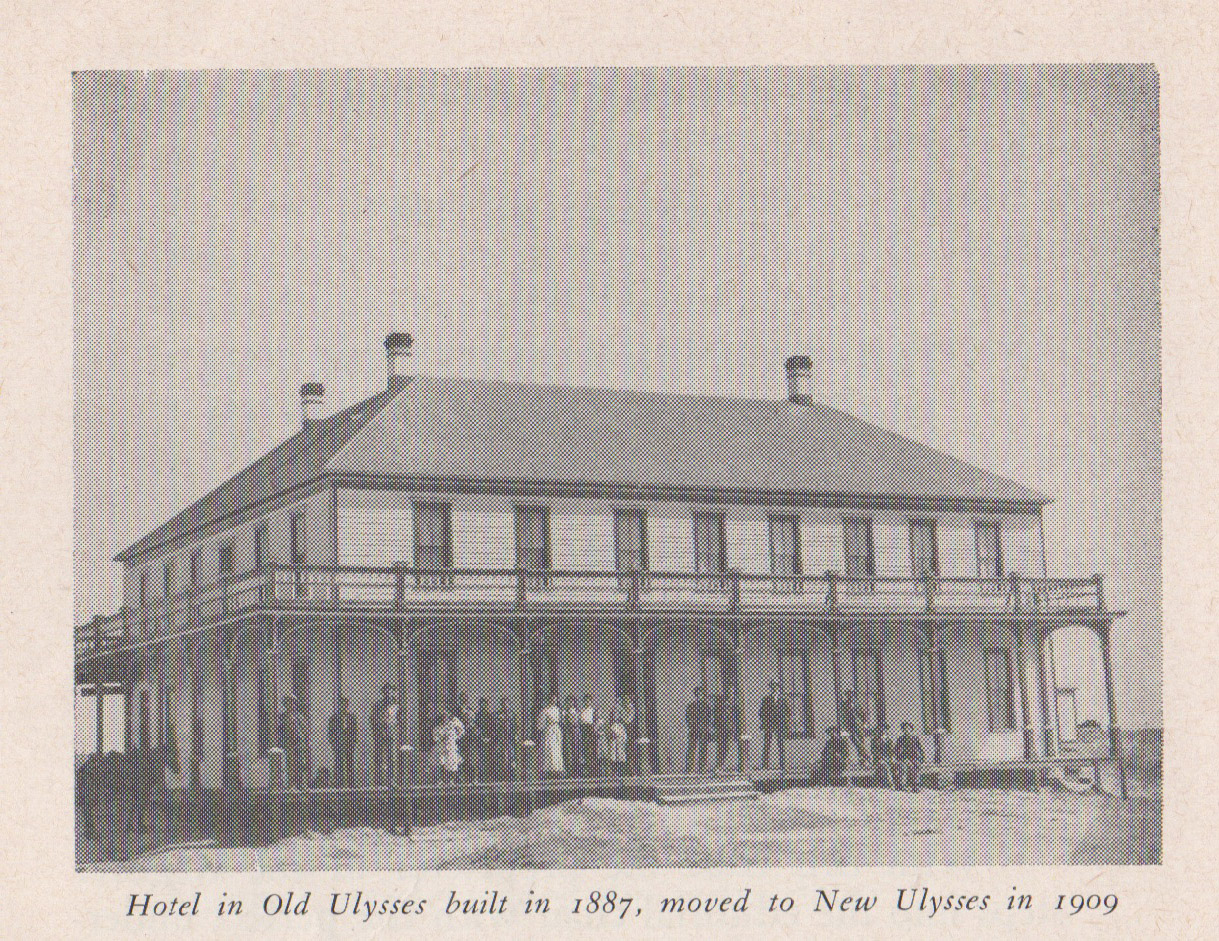|
Moderated by NW Okie! |
Volume 15 , Issue 322013Weekly eZine: (374 subscribers)Subscribe | Unsubscribe Using Desktop... |
Grant County Kansas Towns & Landowners

We scanned a few pages in the "History of Grant County, Kansas," that we wrote about last week. It shows the land descriptions of the land owners and the parcels that they owned.
Click on the following PDF file Grant County, KS Land Descriptions.
The Dust Bowl
While the dust bowl did not center in Grant county, it having extended from Canada to Central Oklahoma and Texas, it received and gave its portion of dust, nor was it but a few years in the making. The beginning was years before when the sod was broken up.
There were several good years of wheat crops, beginning in 1926, and this encouraged everyone to plow up land and plant wheat. In 1929 the land began blowing from the states to the north and in turn ours began to blow. It was the characteristic of the county for the land to blow in the spring, but as each year passed it became worse. The farmers tried listing their fields to save their ground from blowing away, but if not practiced by everyone the land from the adjacent farm would blow over the listed fields and destroy the effect. This was caused in some cases by absentee ownership of the land and the tenants not caring to labor over land that was going to blow away anyway, so they thought.
There was dust everywhere. After a storm it could be scooped up from the floor where it had sifted in beneath the door and around the windows. There came a disease known as dust pneumonia. It was similar to the condition known as silicosis, common to those who mined rock, where the fine particles literally cut into the tissues of the lungs. It was dangerous to be on the highways during a storm. Those who were traveling had to stop as the visibility was not more than fifty feet and in some cases zero. Live stock died from suffocation as well as the birds and rabbits.
The Black Blizzard of April 14, 1935 was the worst that our county had endured. It came one Sunday afternoon as an approaching cloud of black rolling soil. There was absolute darkness, accompanied by the familiar whirling and whining. It seemed as if it were the end of all life. It continued during the night and there was a great deal of damage done in loss of human and animal life and the destruction of meager crops. It was not until 1940 when there were wet years that helped to anchor the ground that we emerged from the dust bowl.
| View or Add Comments (0 Comments)
| Receive
updates ( subscribers) |
Unsubscribe
| © . Linda Mcgill Wagner - began © 1999 Contact Me | |
